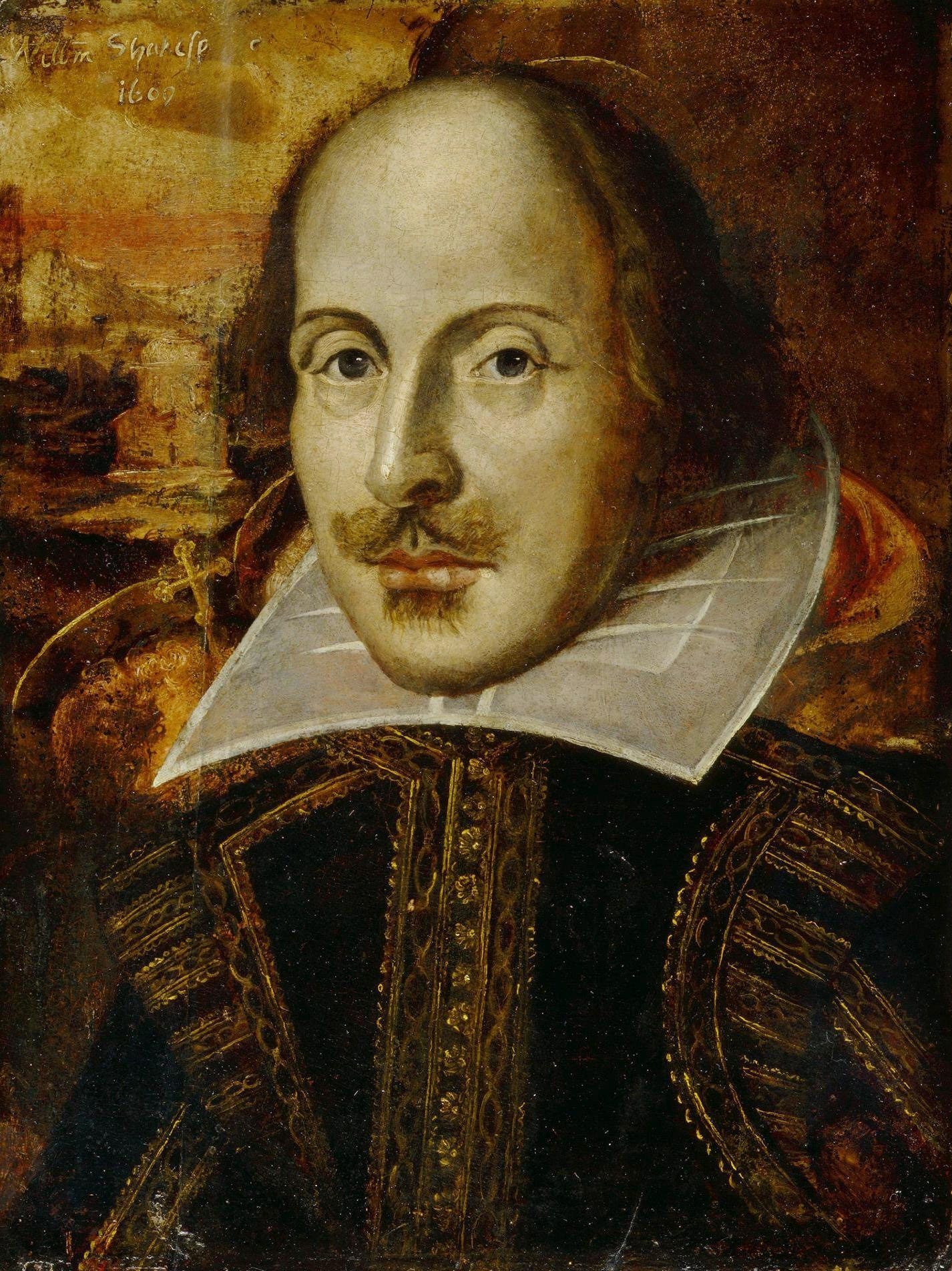Much of Shakespeare’s comedies are festive in a quite special way that distinguishes them from the art of most of his contemporaries and successors. His comedies are celebrations of life and the mood is of holidays and festivals; making the whole experience of the plays like that of a revel. Celebrated Shakespearean critic, C.L. Barber went on to argue that Elizabethan seasonal festivals such as May Day and Twelfth Night are the key to understanding Shakespeare’s comedies. The social forms of such Elizabethan holidays have contributed greatly to their dramatic form.
Festivals which worked within the rhythm of an agricultural calendar, in village or market town, did not fit into the way of living of the urban groups whose energies were beginning to find expression through what Tawney has called the Puritan ethic. Shakespeare, coming up to London from a rich market town, growing up in the relatively unselfconscious 1570’s and 80’s and writing his festive plays in the decade of the 90’s, when most of the major elements in English society enjoyed a moment of reconcilement, was perfectly suited to express both a countryman’s participation in holiday and a city man’s consciousness of it.
“A Midsummer’s Night Dream” is one of Shakespeare’s early festive comedies written around 1595-6. Despite the many thematic references to “dreams” and the fantastic setting of the Athenian forest, the play contains a fair amount of commentary on the contemporary English world and festivities. In fact, to relate this festive comedy with this holiday of May Day and the celebration of the royal marriage between Theseus and Hippolyta which is the center of action of the play, has been proven the most effective method to understand its plot and characters.
The play takes place in June and this is a bewitched time. In the spring the custom is to celebrate the return of fertility to the earth. During this time the young people engaged in the rites of “Maying” – the festive tradition when young men and women engage in singing, dancing and possibly amorous pursuits in the woods outside their towns. Quince, Bottom and the other workmen rehearsing for their play, Titania enamored of an ass and the lovers in the forest – all of these characters contribute to the madness and spirit of May Day that runs through the play. It was a time when maids found out who their true love would be by dreams of divinations. There were customs of decking houses with greenery and hanging lights, which just possibly might connect with the fairies’ torches at the comedy’s end. When people gathered at midnight they often spoke of spirits whizzing invisibly past, putting the world of the supernatural world in the play in its right perspective.
In the absence of evidence, there is no way to settle just how much comes from tradition. However, it is clear is that Shakespeare was not simply writing out folklore which he had heard in his youth, as Romantic critics liked to assume. On the contrary, his fairies are produced by a complex fusion of pageantry and popular game, as well as popular fancy. Moreover, they are not serious in the menacing way in which the people’s fairies were serious. Instead they are serious in a very different way, as embodiments of the May-game – the experience of eros in men and women and trees and flowers. Any superstitious tendency to believe in their literal reality is mocked. The whole night’s action is presented as a release of shaping fantasy which brings clarification about the tricks of strong imagination.
Like all festive comedies, even Midsummer’s has a happy ending where all the lovers are united. This play was one of Shakespeare’s most expensive plays. The pomp and celebrations on the stage indeed made the audience believe that they were actually a part of some festival and they felt inclined to give their blessings to the newly-weds.
Thus we see that by clever interplay between social customs and dramatic form, Shakespeare has created a brilliant Elizabethan anti-thesis between everyday and holiday that comes to life in “A Midsummer’s Night Dream” through a wonderful combination of fantasy and levity.
Some online learning platforms provide certifications, while others are designed to simply grow your skills in your personal and professional life. Including Masterclass and Coursera, here are our recommendations for the best online learning platforms you can sign up for today.
The 7 Best Online Learning Platforms of 2022
- Best Overall: Coursera
- Best for Niche Topics: Udemy
- Best for Creative Fields: Skillshare
- Best for Celebrity Lessons: MasterClass
- Best for STEM: EdX
- Best for Career Building: Udacity
- Best for Data Learning: Pluralsight













I have become benefited getting this note. Thank u shreya Bardhan.